ART WORK
Digital Illustrations of Scientists
Part of JKX comics mission is to highlight scientists and the wonderful work they do. Here are a few of the portraits I've contributed. If interested, you can find more of mine and my colleagues illustrations at JKX Comics.
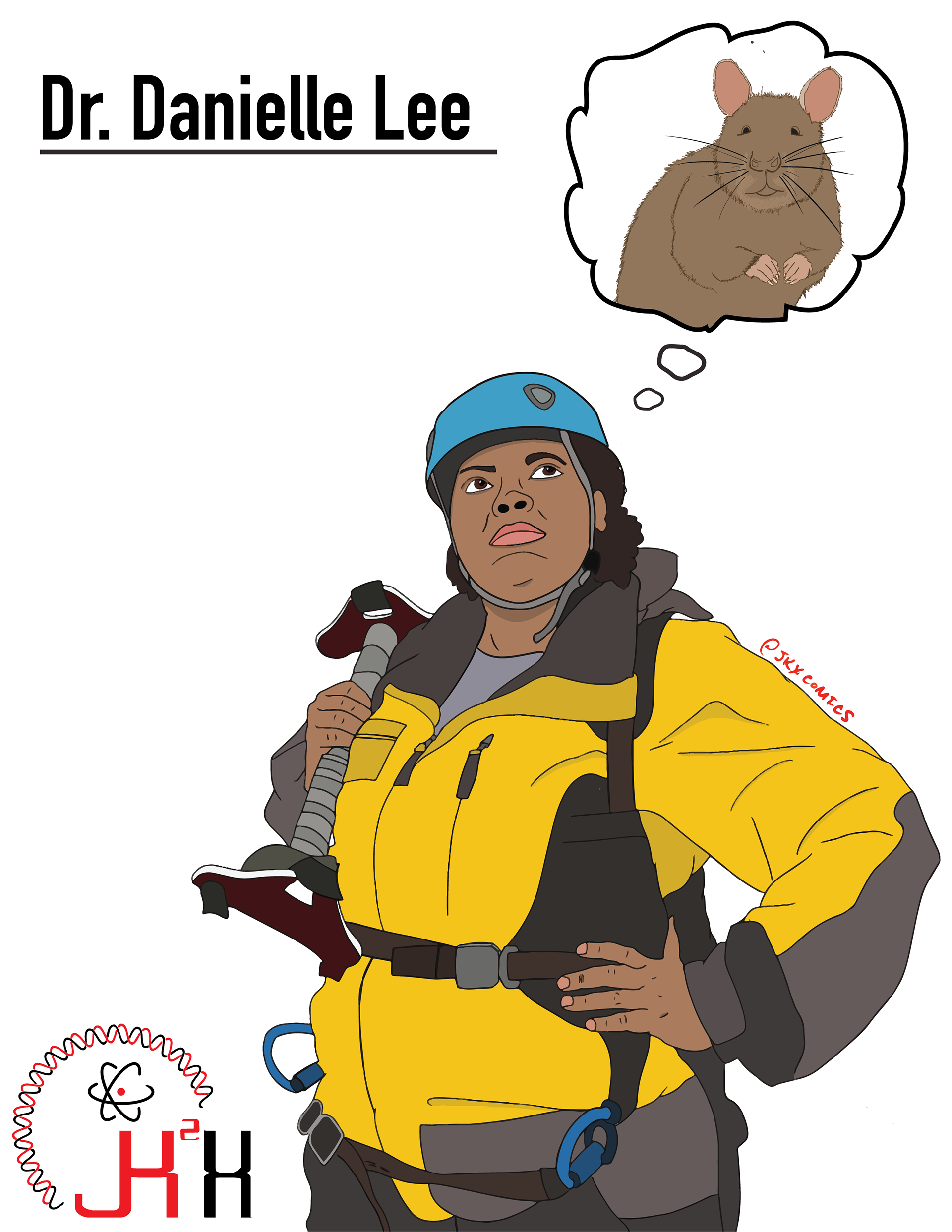
JKX highlight Dr. Danielle N. Lee, an ecologist, professor, and STEM outreach champion. Her research focuses on the behavior of rodents ranging from the African giant pouched rat to small rodents around the St. Louis area. Dr. Lee is an advocate for scientific communication and outreach. She publishes a blog for Scientific American where she discusses ecology, evolutionary biology and diversity in STEM. For her amazing work she was selected as a TED Fellow and a National Geographic Emerging Explorer. JKX celebrates Dr. Lee’s scientific work and her contributions in making science more accessible to all.

JKX honors Shuping Wang, an infection disease specialist. Her work revealed key problems in plasma collections in China and her findings helped established new standards for testing donations. Her findings came at a cost as she was harassed and forced from her profession. Dr. Wang worked a blood collection facility where she realized that the system had a high risk of infection for hepatitis C and HIV. Her research found that a significant percentage (34%) of serum samples were positive for Hep C (34%) or HIV (13%). Her findings were accepted and changed out how the collection of blood products was performed. Unfortunately, it came at a price as this impacted the for-profit plasma collection agency. Dr. Wang was fired for her efforts and her testing facility closed down. Dr. Wang eventually left China for a quiet life in the USA. Her efforts saved thousands of lives from Hep C and HIV infections.
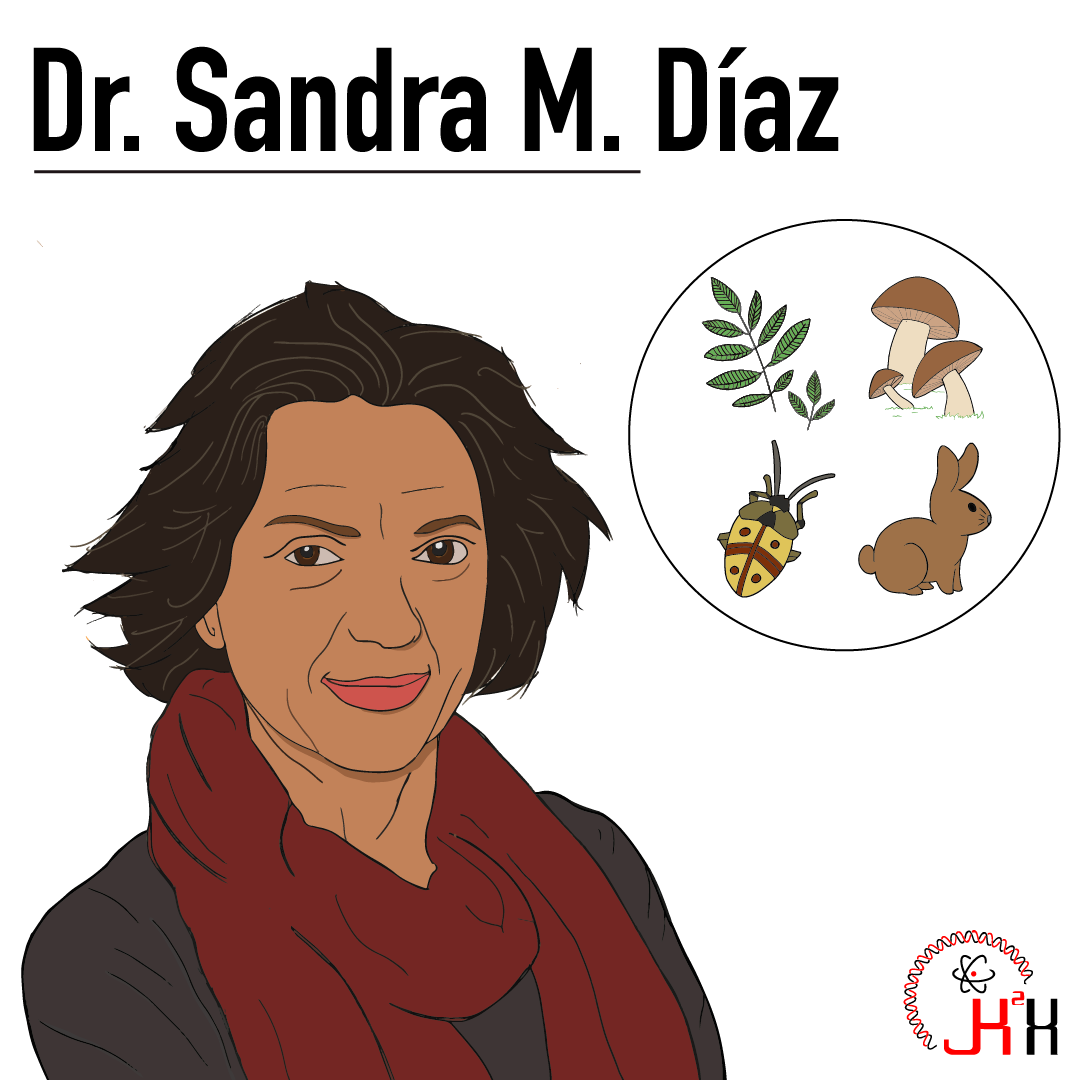
JKX honor the outstanding work of Dr. Sandra M. Díaz, an ecologist from Argentina who is changing how we view biodiversity (the variety of wildlife, plants, and other lifeforms in a particular ecosystem). Dr. Díaz's work consisted of understanding how CO2 levels impact particular plants by examining the effects on the microorganisms within the soil. Her results provided insight on how soil organisms compete with plants for available nutrients and the impact on plant growth. This type of analysis provided a more global view on the impact of CO2 on our ecosystem which would be difficult to study by only examining the individual plant. Dr. Díaz work is widely recognized in the ecology field and she is one of the most cited environmental scientists. She is the leader of IPBES, an intergovernmental organization who assess the state of biodiversity in order to improve policy. Thank you Dr. Díaz for your amazing work and your efforts to improve the world around us.
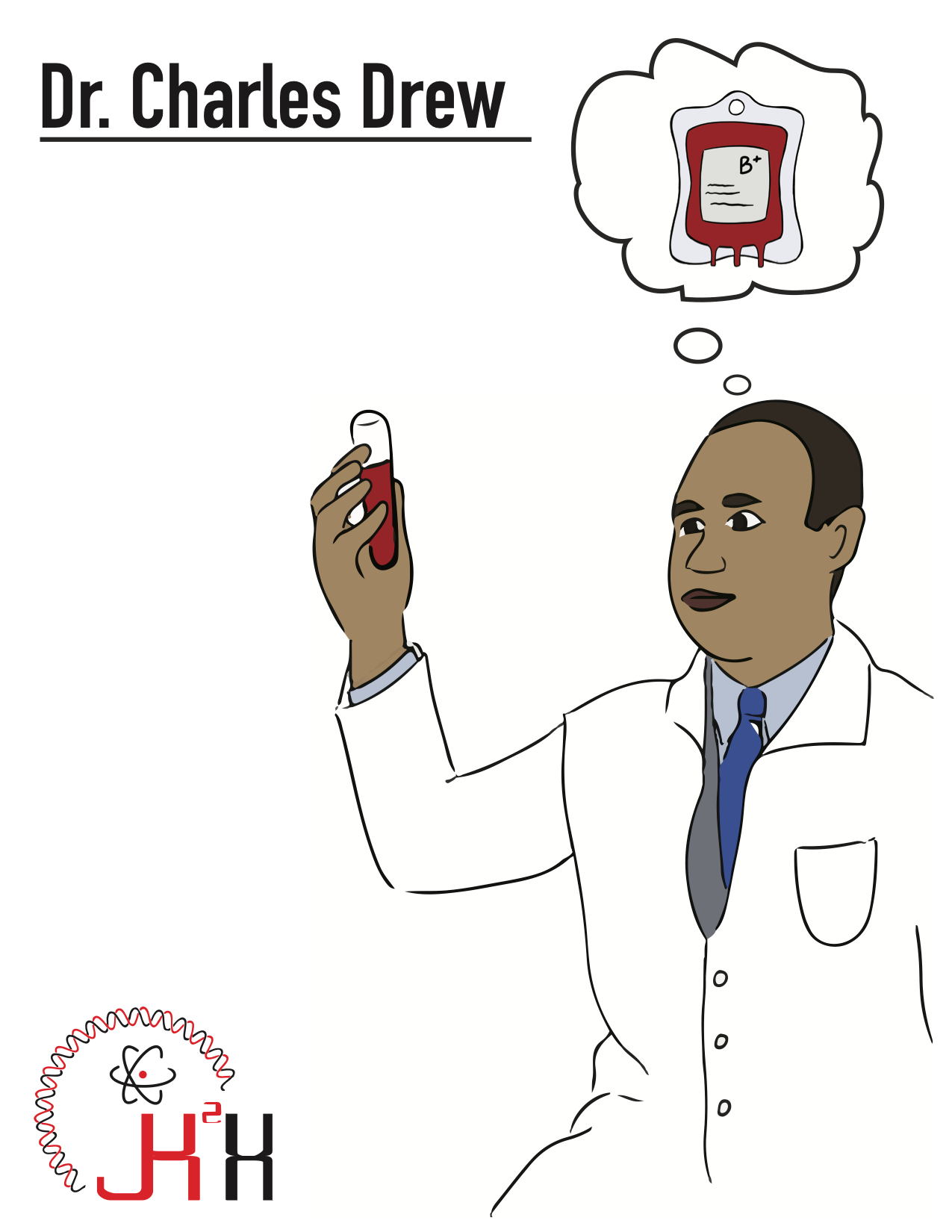
Meet Dr. Charles Drew, a surgeon, scientist, and teacher, whose research revolutionized blood storage and greatly altered the how blood banks function. His work helped provide plasma (the liquid portion of blood) for soldiers during World War II and his research is continuing to save lives today. Dr. Drew’s research focused on understanding the preservation of blood and he and his colleague, Dr. John Scudder, believed that plasma could be shipped overseas. Using his knowledge on plasma, he supervised the Plasma for Britain project which provided plasma for wounded soldiers in Europe. Continuing his work with blood, he worked with the American Red Cross advising them on the proper method of handling plasma. This work was instrumental as the United States Armed Forces were getting more involved in World War II. Dr. Drew was the first black physician to be certified by the American Board of Surgery and provided training for the next generation of black surgeons. JKX comics celebrates the outstanding work of Dr. Charles Drew.
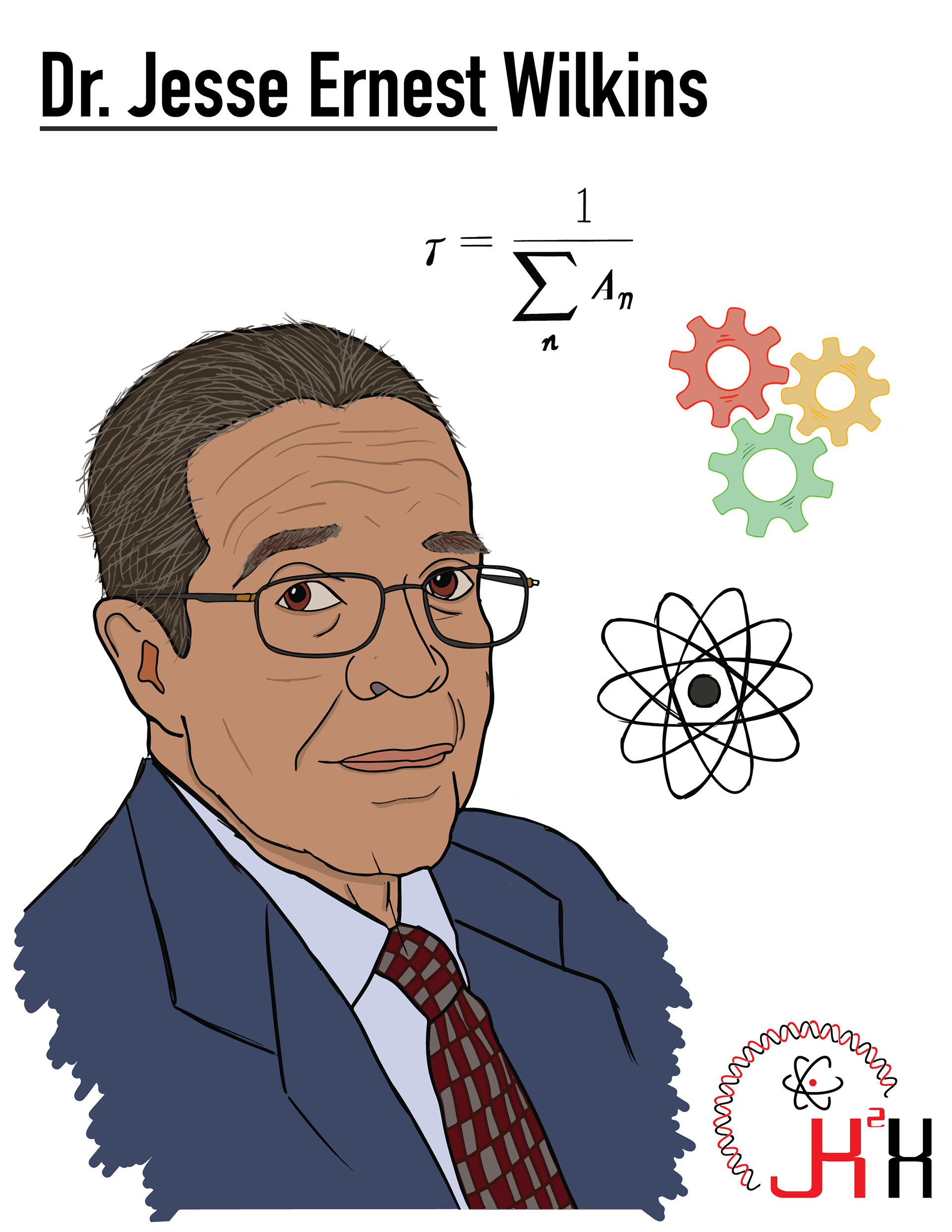
JKX honors the work of Dr. J. Ernest Wilkins, a mathematician, mechanical engineer, and nuclear scientist. Dr. Wilkins worked on the Manhattan Project where his findings helped develop shielding against gamma radiation. Dr. Wilkins is the youngest student ever at the University of Chicago where he was admitted at the age of 13. He later obtained his doctoral degree at 19 and earned a total of five science degrees during his lifetime. Dr. Wilkins published roughly 100 papers and has been recognized for his remarkable contributions. He received several awards including the Outstanding Civilian Service Medal and was elected to the National Academy of Engineering. Thank you Dr. Ernest Wilkins for your outstanding work!
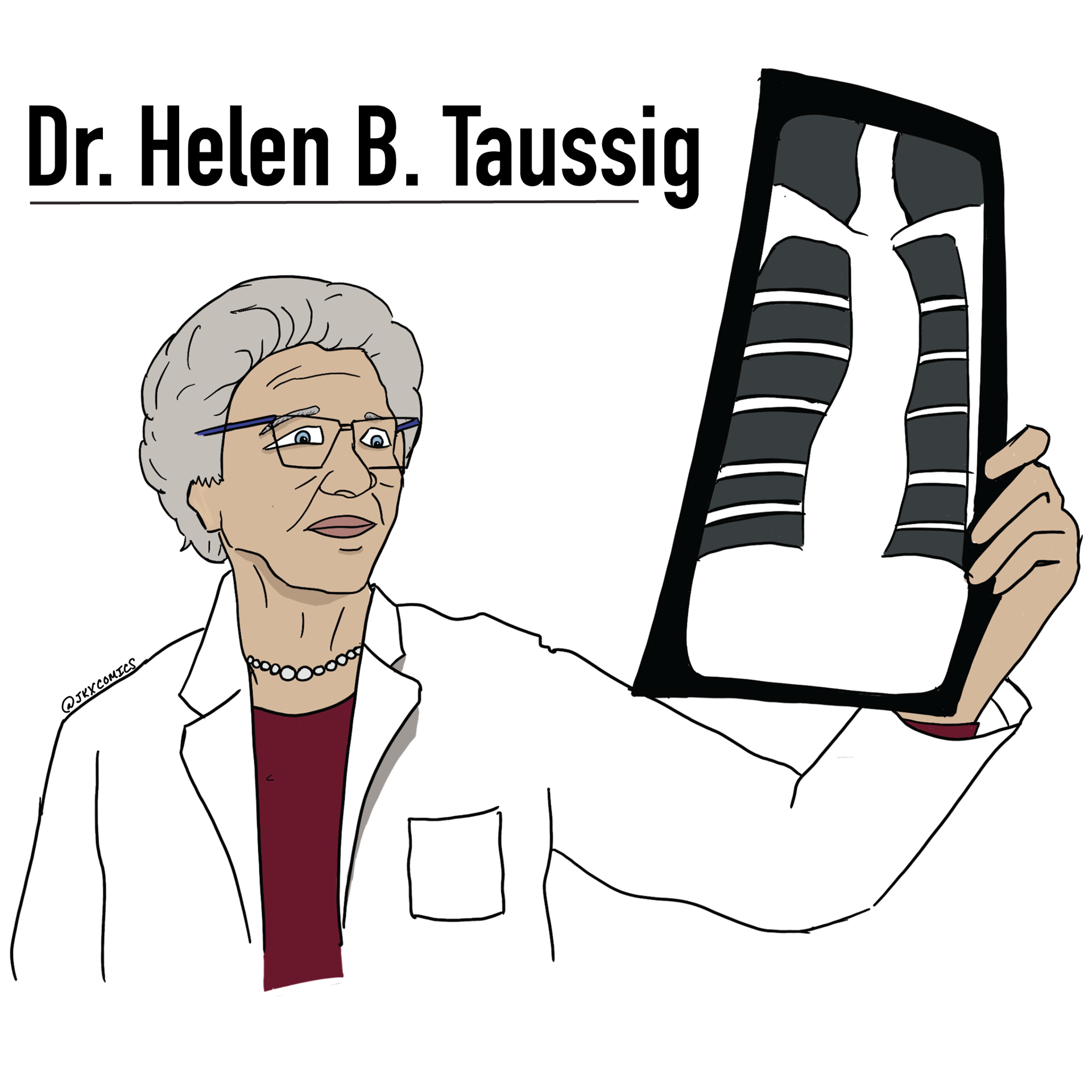
Meet Dr. Helen Brooke Taussig, a cardiologist, teacher, political advocate, and scientist, whose research focused on heart malformations within children. She is most well known for her work on Tetralogy of Fallot, a major cause for “blue baby syndrome” which occurs 1 in ~2000 newborns. Through her efforts, Dr. Taussig was able to determine that children with this disease had decreased blood flow to the lungs thus limiting the amount of blood carrying oxygen. Dr. Taussig worked with Alfred Blalock and Vivien Thomas to develop surgical procedures to treat blue baby syndrome. Furthermore, Dr. Taussig research extended to the banning of dangerous medication from the counter that were related to birth defects. She is the first woman to serve as the president of the American Heart Association and her achievements led her to be known as the founder of pediatric cardiology. Thank you Dr. Taussig for your outstanding work.
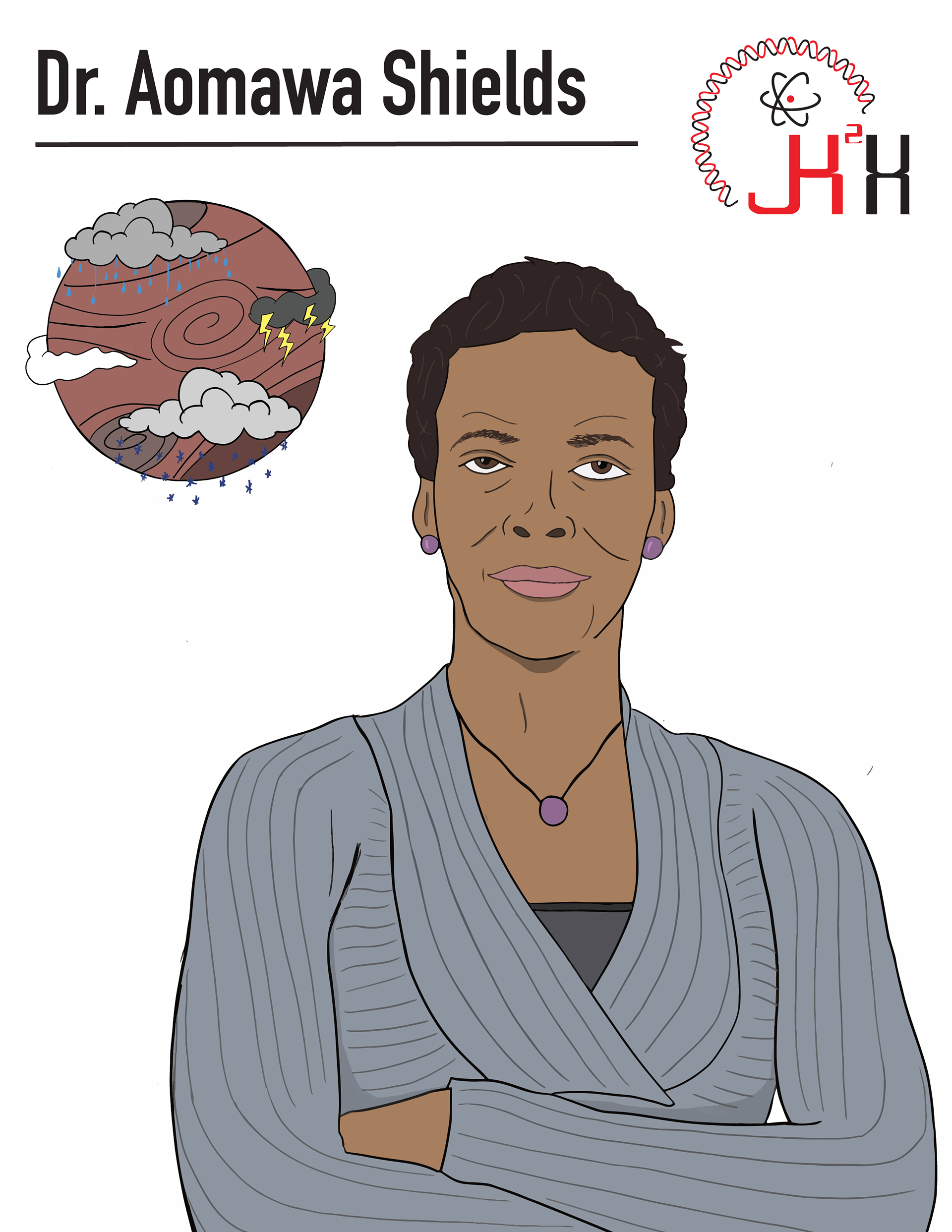
Today JKX Comics honors the work of Aomawa Shields an astrophysicist, whose work revolves around the climate and potential habitability of extrasolar planets (star orbiting planetary bodies). Dr. Shields utilizes computational-based modeling along with data acquired from space missions to study the surface and atmospheric conditions of extrasolar planets. Her research helps identify potential habitable planets outside of our solar system. Her work is highly recognized receiving many awards including the NSF CAREER Award, Clare Booth Luce Professorship and inducted as a TED fellow. Dr. Shields encourages the next generation of scientists by founding the Rising Stargirls program.
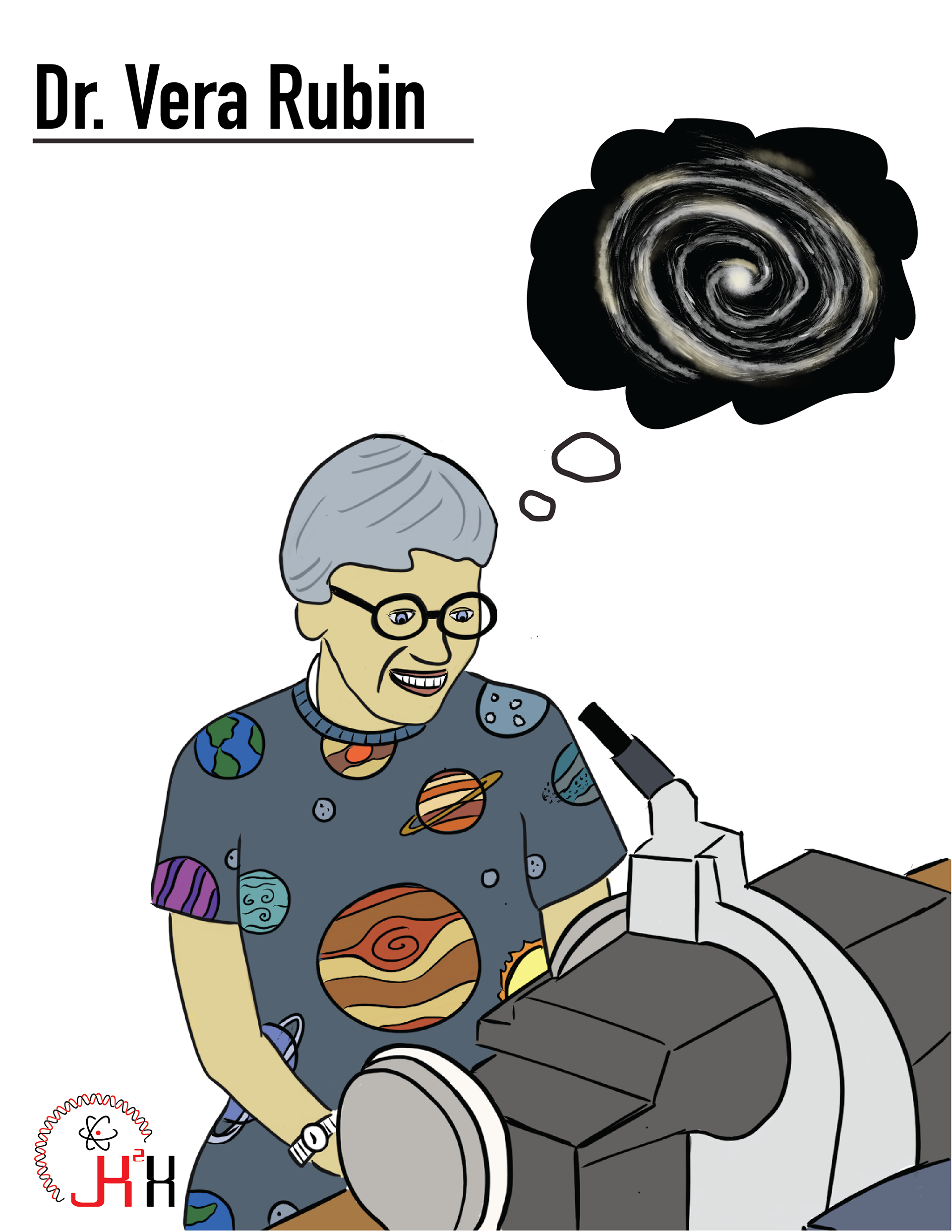
Meet Vera Rubin, an astronomer, whose critical work provided evidence for the existence of dark matter. Vera observed that stars on the outer edges of distant galaxies orbit at speeds similar to those in the center. According to Newton’s theory of gravitation, these stars should be stripped off as they have lower gravitational force since they are further from the center. These observations suggested a halo of invisible matter that stabilizes these galaxies which is known as dark matter. Vera Rubin passed away in 2016 but her legacy and her research lives on.
Science Comics
To help promote science within the community, I along with JKX comics have created science comics to help explain scientific concepts and the research in a fun and engaging medium.
The E.Coli Chronicles: A Magical Friendship
Comic based on the research of UW-Madison graduate student Rachel Salemi, whose work focuses on guanosine pentaphosphate (ppGpp) on regulating ribosome biogenesis. Follow Magic Spot (ppGpp) and his friend Poly (RNA Polymerase) on their mission to save cell when food is running low.
A-maize-ing Colors
A small comic based on the Barbara McClintock, a genetic scientists, who was awarded the Nobel Prize for her work on transposable elements in corn. This brief comic discusses her findings and how it is important in human biology and disease.
Ernest Everett Just Comic
Discover the amazing work of Dr. Ernest Evertt Just who discovered why an egg can only be penetrated by a single sperm. While this is not universal to all mammals, his work contributed to our current understanding of embryology.